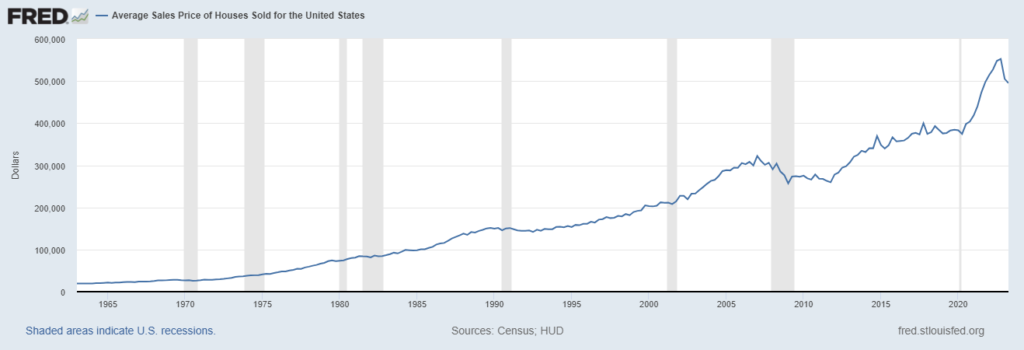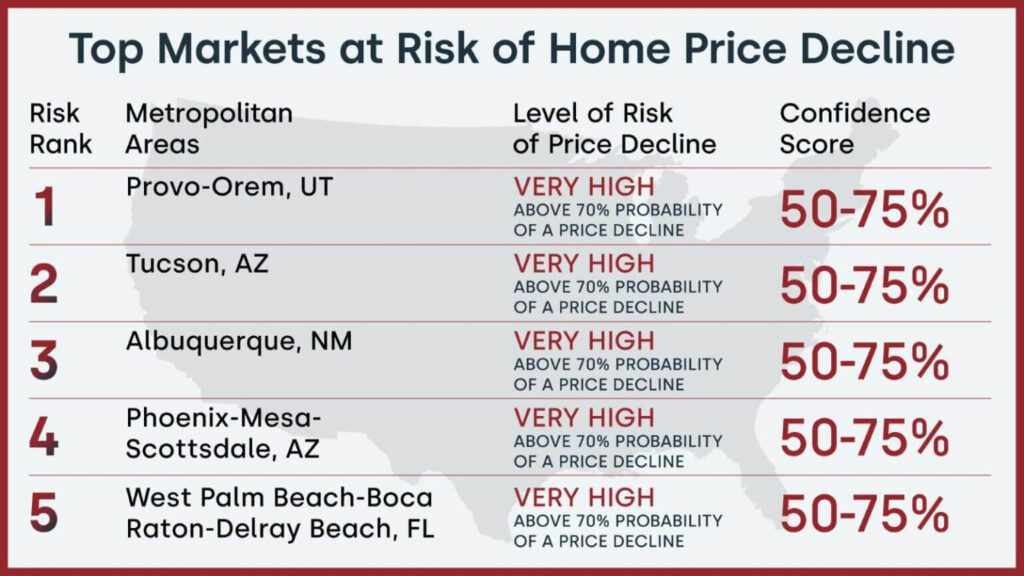The best week to sell your home in 2025: mark your calendar from April 13 to 19
Last update on March 20, 2025 If you are thinking of selling your home this year, now it is time to start preparing. According to the new data of Realtor.com, the Week from April 13 to 19, 2025, is expected to be the best time of the year to list a house, offering the most favorable market conditions for sellers. Why is this the best week to sell? Using seasonal trends of 2018-2024 (excluding 2020), Realtor.com analyzed several housing metrics, including inventory levels, list prices, market rhythm and buyer’s demand, to determine the optimal week for sellers. The results show that in mid -April reaches the perfect balance of a strong demand, competitive prices and competence of limited sellers. The 2024 real estate market was marked by persistently high mortgage rates and affordable challenges, but inventory levels improved, creating more opportunities for both buyers and vendors. As we enter the 2025 sales season, the conditions seem even more promising, with a projected decrease in the mortgage rates and the continuous growth of the inventory. Key benefits of the list from April 13 to 19 1. Higher housing prices: The houses listed during this week historically reach prices 1.1% higher than the average week and 6.7% higher than the beginning of the year. If 2025 followed recent trends, sellers could see prices of $ 4,800 above the average week and $ 27,000 more than at the beginning of the year. 2. Greater demand for the buyer: More eyes on the listing means a better opportunity for multiple offers. Historically, the houses that appear this week are viewed 17.7% more than a typical week. While high mortgage rates have kept some buyers on the sidelines, it is expected that the improvement of affordability and increased inventory levels will boost more buyers to the market this spring. 3. Faster sales: Thanks to the strong demand, the houses listed this week sell 9 days faster than on average. In 2024, the typical house listed during this week sold in 46 days, 5 days faster than the annual average. 4. Less competition from other sellers: In mid -April, typically sees 13.2% less sellers in the market compared to the peak months later in the year. The list at the beginning of spring helps sellers to stand out before the inventory increases in the summer. 5. Less price reductions: Spring sellers benefit from fewer price cuts compared to those of the listings later in the year. Historically, houses listed during this week receive 20.9% less price reductions, allowing sellers to maximize their returns. What this means for sellers While in mid -April, is the best time to list, sellers should start preparing now. A recent Realtor.com survey found that 53% of sellers take a month to prepare their home to sell. When addressing repairs, staging and early price strategies, sellers can ensure that their home stands out in a competitive market. What this means for buyers For buyers, 2025 is emerging to offer more inventory compared to recent years. While housing prices remain high, the increase in options and the longest days in the market in many areas can provide buyers with greater negotiation power. However, those who seek to buy in areas of high demand should act quickly, since the competition will continue to be strong. The 2025 real estate market will be influenced by the mortgage rates, the economic factors and the changing demand of the buyer. While the conditions remain dynamic, one thing is clear: the sellers that list during the Week from April 13 to 19 will probably have the best opportunity to ensure an excellent price and a quick sale. ––––––––––––––––––––––––––––––– Visited 244 times, 243 visits (s) today
The best week to sell your home in 2025: mark your calendar from April 13 to 19 Read More »











